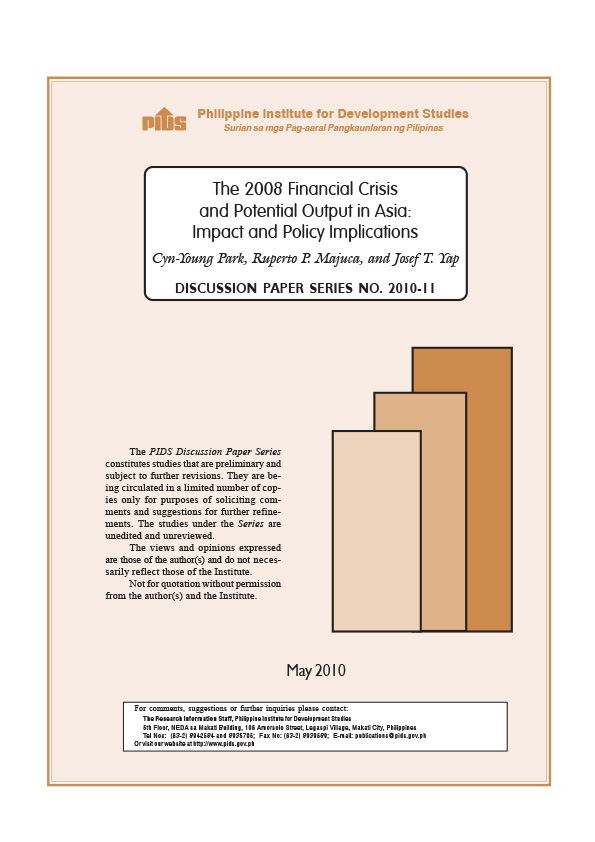Monitoring the behavior of potential output helps policymakers implement appropriate policies in response to an economic crisis. In the short-run, estimates of the output gap will guide the timing of implementation and withdrawal of stimulus measures. In the medium- to long-term, these estimates will also provide the basis for gauging productive potential and hence guide policies to support the sustainable noninflationary output growth. In this paper, the authors investigate the postcrisis behavior of potential output in emerging East Asian economies by employing the Markov-switching model to account for structural breaks. Results show that after the 1997/98 Asian financial crisis, potential output in Hong Kong, China; Korea; Singapore; and Malaysia reverts to the level consistent with the trend prior to the crisis. While there is a permanent drop in potential output in Thailand and Indonesia, growth rates returned to the precrisis trend. PRC, Taipei,China, and the Philippines are special cases. Econometric estimates of a simple growth model show that the difference among economies can be attributed to the investment-GDP ratio, macroeconomic policies, exchange rate behavior, and productivity which is proxied by the level of technological activity. These results can guide policy after the 2008 crisis.













